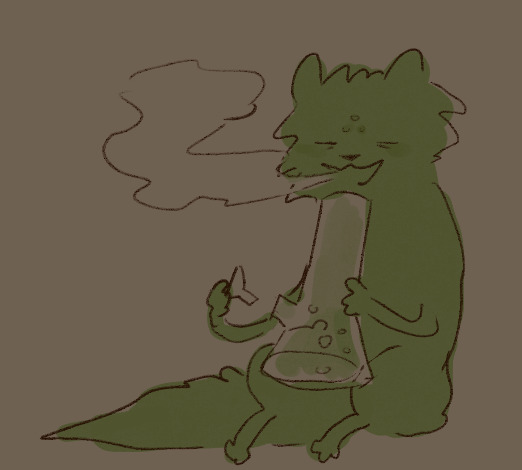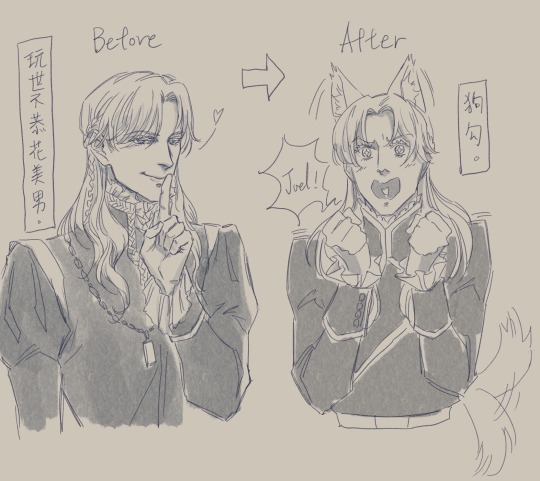Text




Rkgk Finally I did the Barbie Redraw~! Attack on School Castes
636 notes
·
View notes
Text
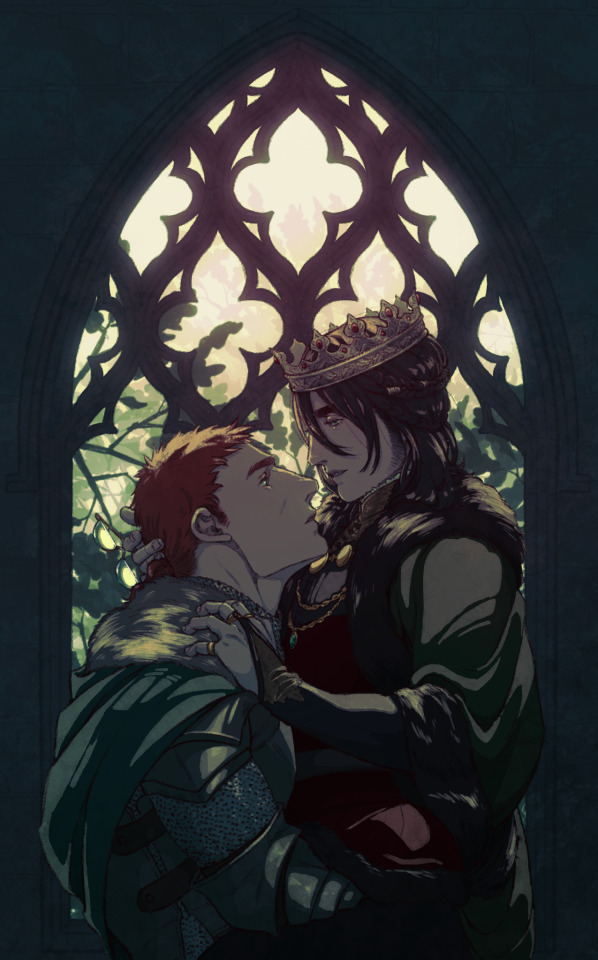
64 notes
·
View notes
Photo

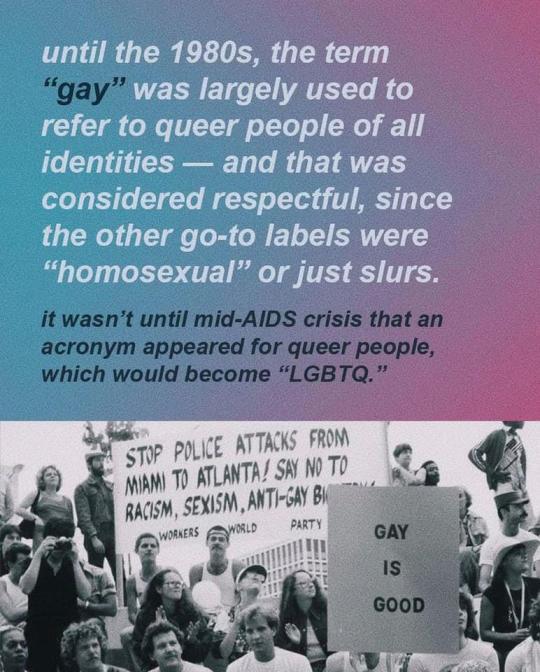
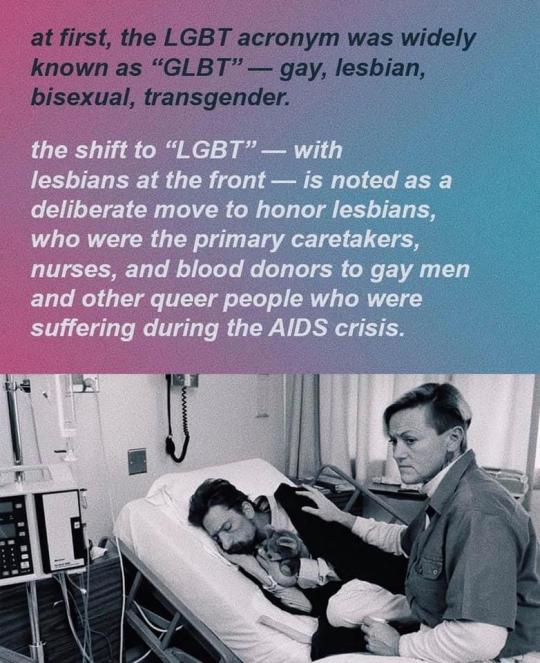
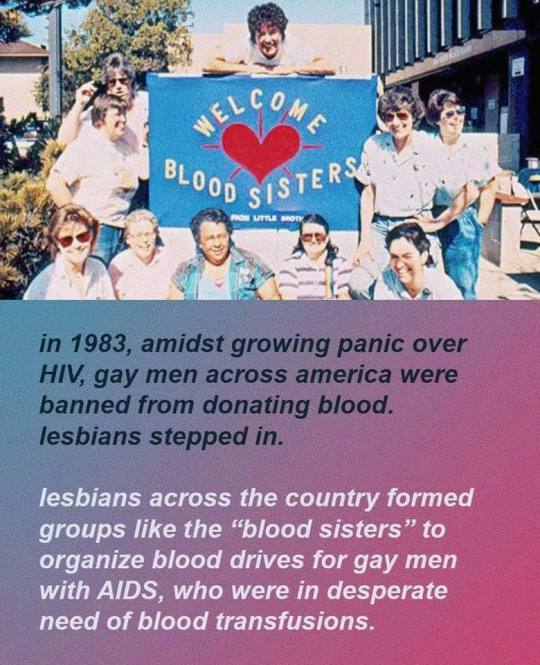
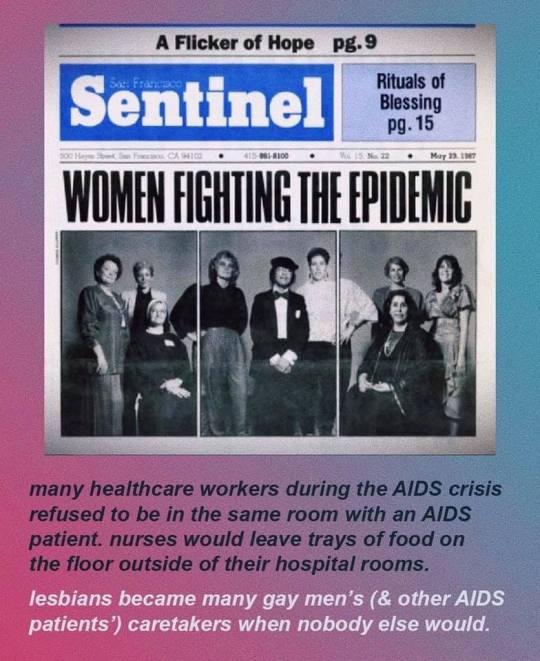



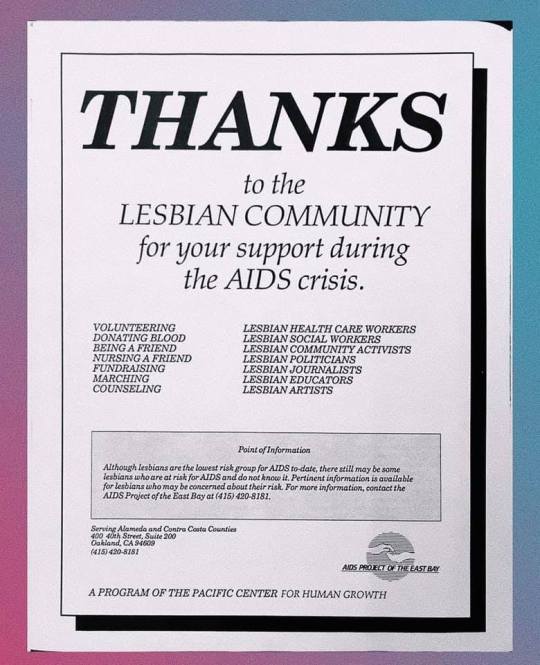
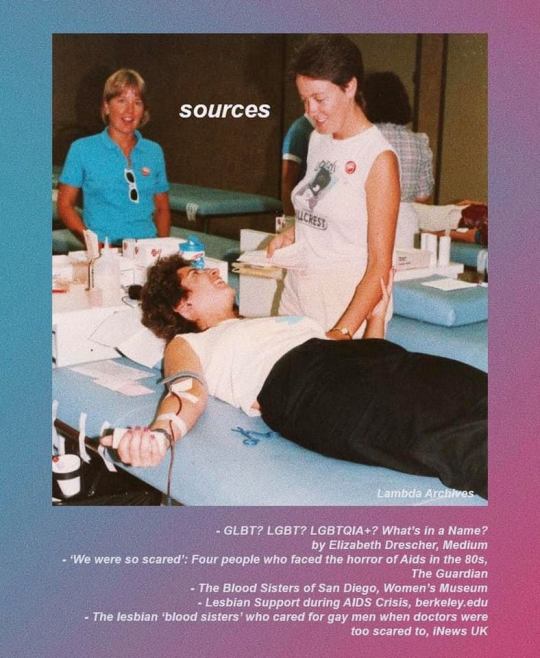
The LGBTQ community has seen controversy regarding acceptance of different groups (bisexual and transgender individuals have sometimes been marginalized by the larger community), but the term LGBT has been a positive symbol of inclusion and reflects the embrace of different identities and that we’re stronger together and need each other. While there are differences, we all face many of the same challenges from broader society.
In the 1960′s, in wider society the meaning of the word gay transitioned from ‘happy’ or ‘carefree’ to predominantly mean ‘homosexual’ as they adopted the word as was used by homosexual men, except that society also used it as an umbrella term that meant anyone who wasn’t cisgender or heterosexual. The wider queer community embraced the word ‘gay’ as a mark of pride.
The modern fight for queer rights is considered to have begun with The Stonewall Riots in 1969 and was called the Gay Liberation Movement and the Gay Rights Movement.
The acronym GLB surfaced around this time to also include Lesbian and Bisexual people who felt “gay” wasn’t inclusive of their identities.
Early in the gay rights movement, gay men were largely the ones running the show and there was a focus on men’s issues. Lesbians were unhappy that gay men dominated the leadership and ignored their needs and the feminist fight. As a result, lesbians tended to focus their attention on the Women’s Rights Movement which was happening at the same time. This dominance by gay men was seen as yet one more example of patriarchy and sexism.
In the 1970′s, sexism and homophobia existed in more virulent forms and those biases against lesbians also made it hard for them to find their voices within women’s liberation movements. Betty Friedan, the founder of the National Organization for Women (NOW), commented that lesbians were a “lavender menace” that threatened the political efficacy of the organization and of feminism and many women felt including lesbians was a detriment.
In the 80s and 90s, a huge portion of gay men were suffering from AIDS while the lesbian community was largely unaffected. Lesbians helped gay men with medical care and were a massive part of the activism surrounding the gay community and AIDS. This willingness to support gay men in their time of need sparked a closer, more supportive relationship between both groups, and the gay community became more receptive to feminist ideals and goals.
Approaching the 1990′s it was clear that GLB referred to sexual identity and wasn’t inclusive of gender identity and T should be added, especially since trans activist have long been at the forefront of the community’s fight for rights and acceptance, from Stonewall onward. Some argued that T should not be added, but many gay, lesbian and bisexual people pointed out that they also transgress established gender norms and therefore the GLB acronym should include gender identities and they pushed to include T in the acronym.
GLBT became LGBT as a way to honor the tremendous work the lesbian community did during the AIDS crisis.
Towards the end of the 1990s and into the 2000s, movements took place to add additional letters to the acronym to recognize Intersex, Asexual, Aromantic, Agender, and others. As the acronym grew to LGBTIQ, LGBTQIA, LGBTQIAA, many complained this was becoming unwieldy and started using a ‘+’ to show LGBT aren’t the only identities in the community and this became more common, whether as LGBT+ or LGBTQ+.
In the 2010′s, the process of reclaiming the word “queer” that began in the 1980′s was largely accomplished. In the 2020′s the LGBTQ+ acronym is used less often as Queer is becoming the more common term to represent the community.
77K notes
·
View notes
Text
UGH I WISH MAREUX HAD A TUMBLR FUCKKKKK
#like bestie just join already i have so much to talk about#mainly tr/st but you know#SJFJEHDIEJ#my music nerd abilities are kicking in#hello
0 notes
Text
Isayama's sketch of Levi's full expression when saying "See You, Hange"
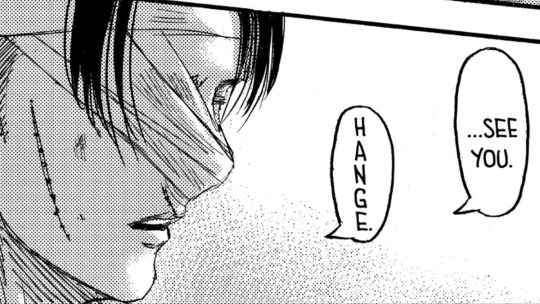

When Isayama uploaded to his blog the uncovered version of Levi's expression when saying goodbye to Hange. He looks so broken, oh no :(
371 notes
·
View notes
Text
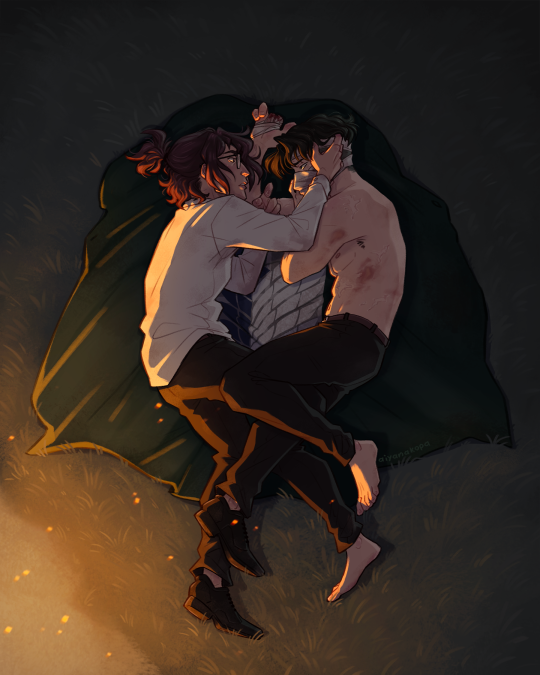
maybe we should just live here together
#WOOOOF WOFOOW FOO#ARE UOUFUCKINGING KIDDING ME#AAAAAA#crying#the lighting??!!?#their faces?!!?&#throwing up
3K notes
·
View notes
Text
if it ain’t like levihan i don’t want it
0 notes
Text

Levihan comission for @theskyunderground !!
If you want one dm me!
5K notes
·
View notes
Text
idk who needs to hear this rn but suffering is not noble. take the tylenol
280K notes
·
View notes
Text

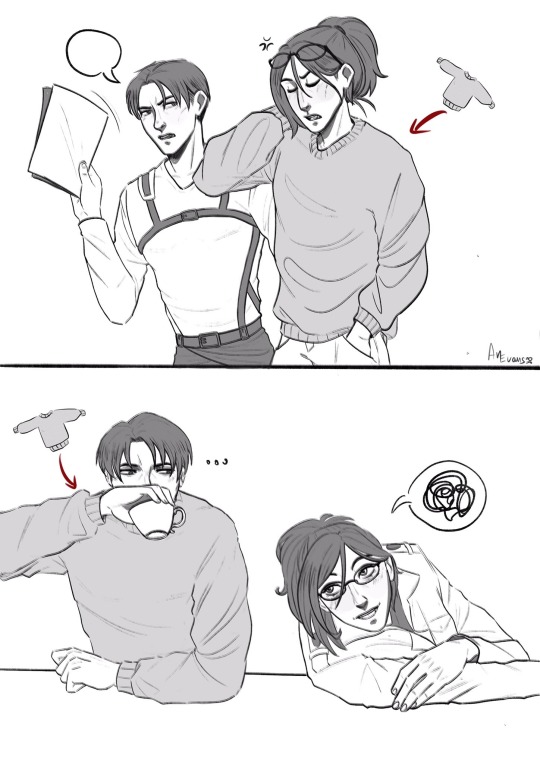
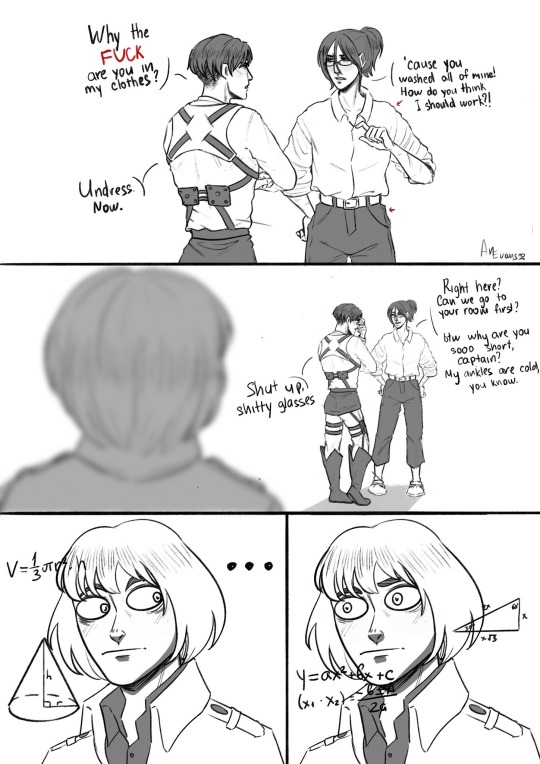
nobody’s gonna know
#WHAAAAHAHGAGAGHSHS#ARMIN LMAO#stop my chest hurts i love them so much hange knows EXACTLY WHAT THEYRE DOING
3K notes
·
View notes
Text
One gave him life, the other saved his life




Thinking how the only two people who never asked anything out of Levi were the ones who did everything to give him a better life. Kuchel did everything to give her son a good life despite the little they had. Hange sacrificed everything and everyone to keep him alive and allow him to see a war free life.
These two were the only ones who saw Levi at his most vulnerable and put the world behind for him. All his life Levi had been tasked and burdened with putting his life and body at risk to save others, being told and made to believe his only utility and way to fit into the world was by sacrificing himself and being a weapon for humanity. But these two never saw Levi as a mindless weapon and saw him as the human he was, and eventually gave their lives to protect Levi from the evils of the world.
I think Isayama also tried portraying this with the similar ways and poses Kuchel and Hange held when holding Levi in their hands. These two loved and cared for Levi for the person he was, and be felt safest in their arms. Isayama wanted to show how Hange felt like home to Levi because she cared for him and showed him a pure kind of love that he only felt through one other person before- his mom. In Hange's arms he was reminded he was loved by someone else, that be was loved and protected by someone and that it was okay to be weak because they would be there for him and that it didn't make them less lovable.
The only two to have ever held Levi this way was these two. The only two who wanted better for Levi were these two. The two who Levi felt closest to and allowed closest to his heart were these two. That's why their deaths hurt the most to him personally.
Kuchel gave life to Levi, and Hange saved his life and gave him a second chance at it. They both cared for him in the purest of forms in a world full of hate.
#i’m gonna throw up#love them sooooo much#i’m so levihan pilled it’s not even funny#i need serious psychological help#no u don’t understand i’m withering like a little raisin#god i love them so much#chewing on my screen as i type#hange fr deserves everything#my man MY MAN#hange zoe#levi ackerman#aot#levihan#levi x hange#levi x hanji#attack on titan#shingeki no kyojin#kuchel ackerman
392 notes
·
View notes
Text

Been finishing up my thesis, so haven’t had a lot of time to work on anything else! Here’s a quick Jean sketch to apologize for my absence 🙏
426 notes
·
View notes
Text
Here is an interesting thought, Zeke thought he was saving Eren from the influence of their father, but when you think about it, he ended up using Eren much like how Grisha used Zeke. Like Grisha, Zeke thought that Eren would happily go along with his plans without wondering how Eren truly felt about it. So like with Grisha and Zeke, Eren turned against Zeke after finding out how Eren truly felt about Zeke’s plans. Much like how Grisha didn’t know that Zeke turned him in until the last minute, Zeke didn’t really know that Eren had his own plans and was just letting Zeke think he supported him until the last minute.
#LITEER ALLY#this is literally why i love aot so much there’s so much u have to think about#and this also adds to erens character becayse is any of what he does really his choice when he’s always been a pawn?#like UNGGFFF this adds a whole new layer to things ..#freedom at what cost
257 notes
·
View notes



